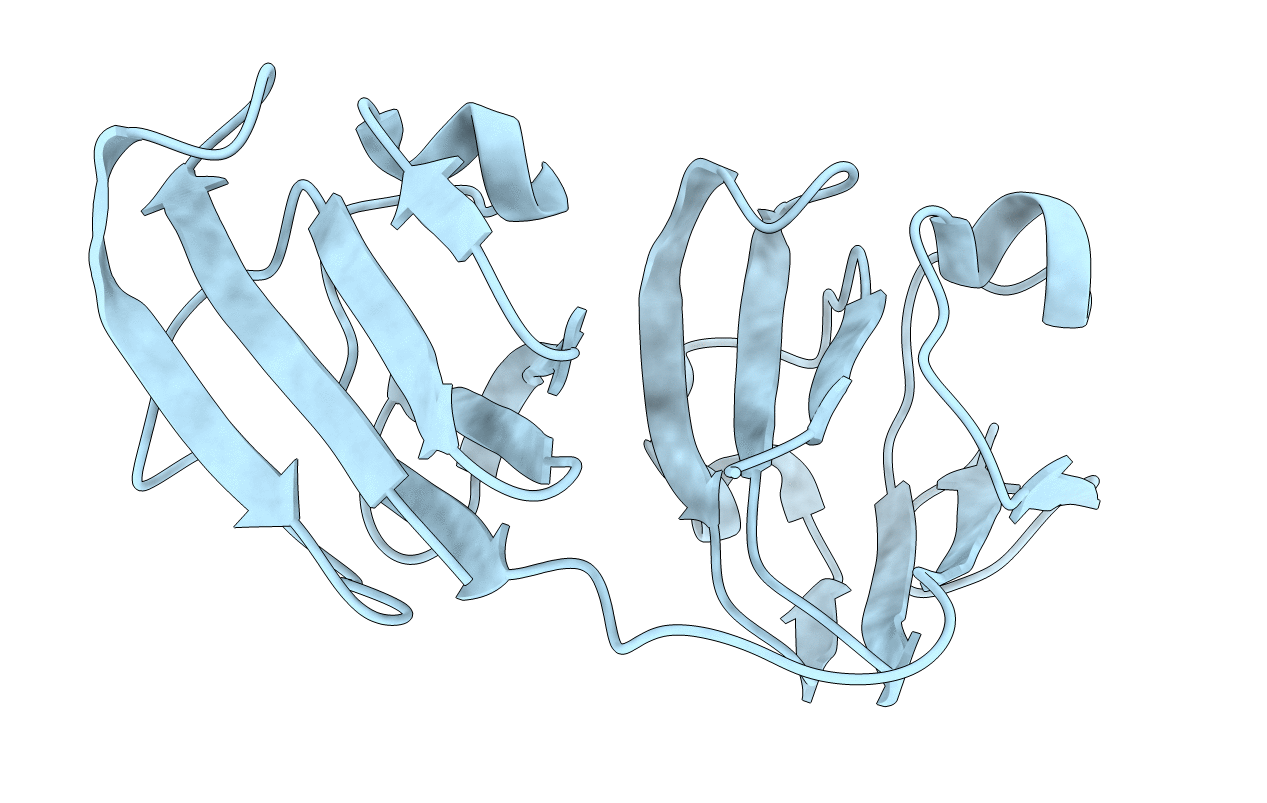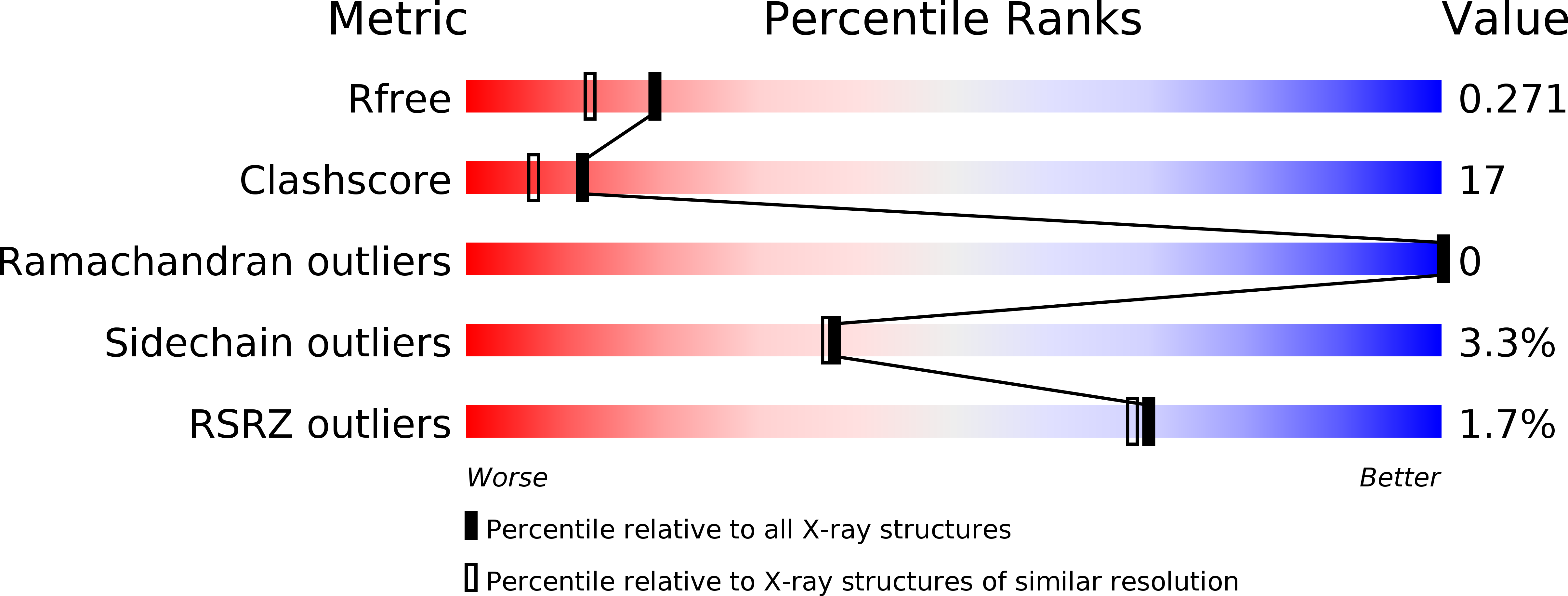
Deposition Date
2007-01-08
Release Date
2007-07-24
Last Version Date
2024-05-08
Method Details:
Experimental Method:
Resolution:
2.00 Å
R-Value Free:
0.27
R-Value Work:
0.21
R-Value Observed:
0.21
Space Group:
P 21 21 21


